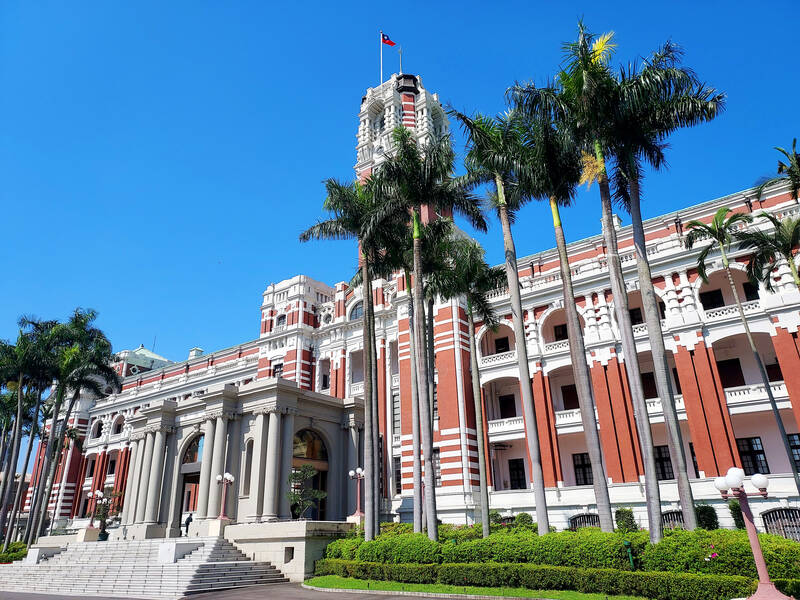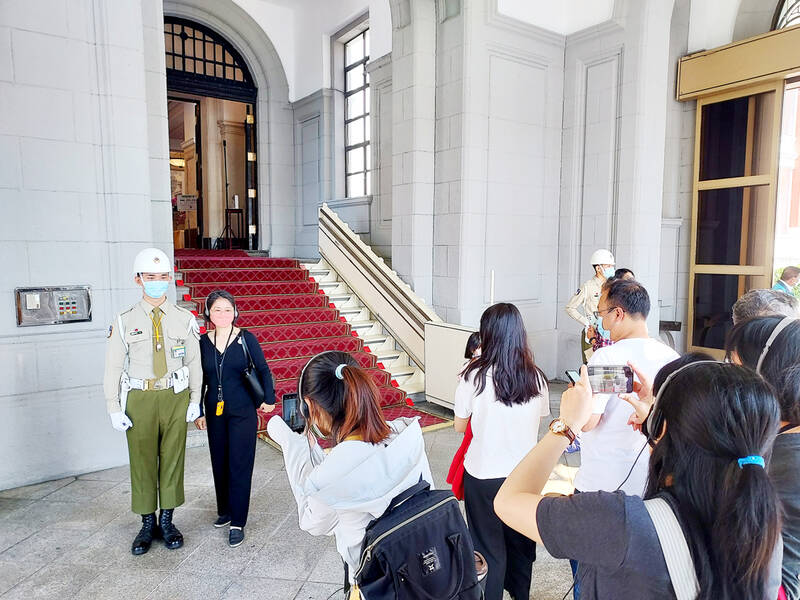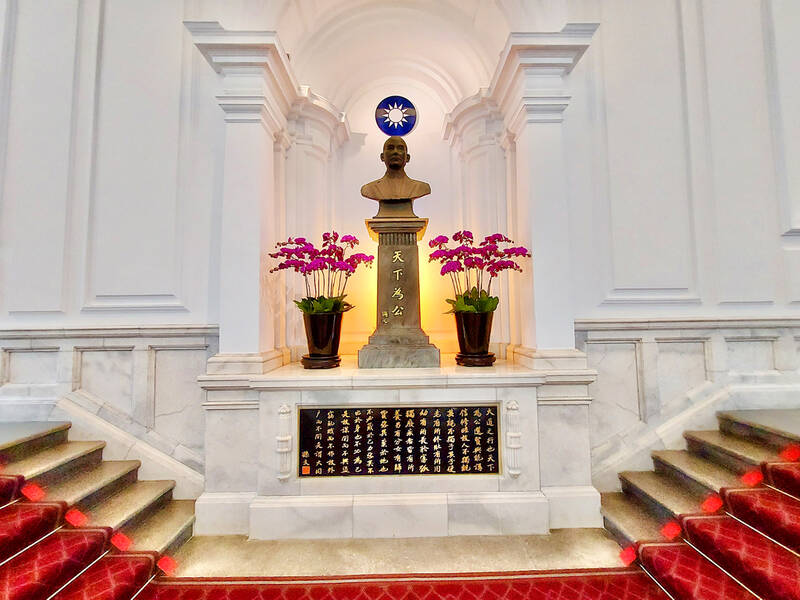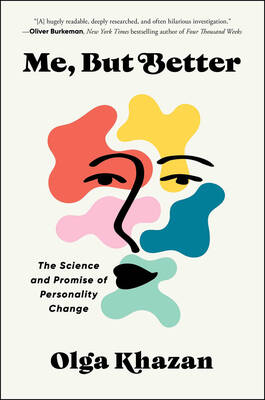Most tourists and longtime residents of Taiwan have visited Taipei’s tallest building, Taipei 101, at some point. Far fewer make it inside the building that was Taipei’s tallest over a century ago and is still standing today. It has withstood fires, American bombardment during World War II and major political regime changes. Throughout most of its existence, its purpose has remained the same, serving as an office for the leader of Taiwan: the governor-general during the Japanese era, and the Republic of China (ROC) president since then. This place is the Presidential Office Building (總統府).
As it is still in active use, much of the building is not open to the public. However, there are occasional “Open House” days where the public is allowed to enter and view much of the first, second and third floors. Take advantage of this rare opportunity to explore one of Taiwan’s best-preserved examples of colonial architecture, where foreign dignitaries meet with the nation’s president. Admission is free, and optional guided tours (also free) are available.
COLONIAL ARCHITECTURE

Photo: Tyler Cottenie
Entrance to the property is through the northwest corner at the intersection of Boai and Baoqing roads. The tour goes clockwise around the exterior of the building to the main entrance, which faces east toward the rising sun like many other official buildings in colonial Japan. The original entrance was damaged by bombing during the Taihoku Air Raid and its domed roof was replaced by the current simpler version in 1947, when the bombing damage was finally repaired. The new entrance also suffered minor damage in 2014 when a gravel truck was driven up the stairs in attempt to ram through the entrance, only to be stopped by the bulletproof door.
Natural disasters, on the other hand, have not inflicted much damage to the Presidential Office Building. It was one of the first buildings in Taiwan to make use of steel-reinforced concrete, allowing its eleven-story tower to survive a century of earthquakes. The building itself is shaped like the Japanese character for sun (日) when viewed from above, and octagonal structures at the four corners provide additional earthquake resistance.
The visual style of the building is heavily influenced by Western architecture, but Taiwan and the Japanese Empire were still represented in the materials chosen. The red brick and white trim mimic English Victorian architecture, the entrance features Ionic columns from Greek architecture and the Entrance Hall was initially decorated in an ornate Baroque style. However, materials like tile and cement came from elsewhere in Japan, while the wood came from Taiwan itself, as did the quicklime used to paint the interior. Original bronze decorations and other metallic items were removed and melted down to help with Japan’s war effort and were never restored.

Photo: Tyler Cottenie
THE IMPRESSIVE INTERIOR
To enter the building, climb the staircase to the main entrance, where military police in their conspicuous olive uniforms, white helmets and white gloves solemnly stand guard. Visitors can take photos beside them if it is done respectfully. Upon entering the building, the first room visitors see is the Entrance Hall, whose original ornate decoration was replaced by a simplified style during 1978 renovations. It is now a beautiful though somewhat austere space with pristine white walls accentuated by a red carpet and gorgeous pots of purple orchids. Balconies from the second floor open onto this space on three sides and soft lighting comes from an even higher ceiling.
Straight ahead is a staircase that ends in a landing before splitting into two staircases heading left and right to the second floor. On the landing is the focal point of the room, a bronze bust of Sun Yat-Sen (孫中山), founding father of the ROC. The current statue was installed in 1958, then placed in a warehouse when the entrance hall was “redecorated” during the presidency of Chen Shui-bian (陳水扁), before finally being restored in 2008 by newly-elected president Ma Ying-jeou (馬英九).

Photo: Tyler Cottenie
Continuing up to the third floor, visitors can walk the corridors where ROC presidents and countless visiting dignitaries have trodden. Take note of the doorknobs on the rooms lining the corridors. Some of them were installed particularly low by the Japanese, so that anyone entering or exiting these rooms would have to bend down at the waist and bow their head slightly, a form of forced politeness.
One of the highlights of the tour is the Reception Hall on the third floor. This is a rather plain room with a vaulted ceiling and wall-to-wall red carpeting. In the center of the back wall, above a dais, hang the ROC flag and a portrait of Sun Yat-Sen, flanked by pots of orchids. This room appears often on the news as the location of important ceremonies and news conferences. Former US House of Representatives speaker Nancy Pelosi, for instance, was awarded the Order of Propitious Clouds with Special Grand Cordon in this room during her controversial Taiwan visit last year.
A LIVING MUSEUM

Photo: Tyler Cottenie
The tour ends down on the first floor. The two courtyards enclosed by the building’s sun shape are also open to the public during Open House days. They are delightful garden spaces with benches and tables where visitors can sit in the shade, surrounded by manicured shrubs and potted flowers, with a clear view of the building’s tower. It’s a great place to enjoy a local snack, purchased from one of the vendors on the first floor that sell local products from the different regions of Taiwan.
The first floor is also a combination museum and art gallery. There are exhibits describing the design, construction and modifications to the Presidential Office Building, various artifacts on display including the desk of former president Chiang Ching-kuo (蔣經國), art displays from modern Taiwanese artists, and interactive exhibits.
When the author visited, there was an augmented reality exhibit where visitors could record themselves sitting down in front of a green screen and a video would be created as if they were a guest on a talk show panel with the president. Similar technology was used to interact with an art exhibit. Currently, the Kemasi Maza exhibit here explores Taiwan’s indigenous peoples and their connection to other Austronesians.

Photo: Tyler Cottenie
The first-floor exhibits are also open to the public every weekday morning (enter before 11:30am), but to get the full experience and see more of the building, it is recommended to visit on Open House days. Upcoming dates are July 1, Aug. 5 and Sept. 16. The nearby Taipei Guest House (台北賓館), former residence of the Japanese governor-general, is normally closed to the public, but also has Open House days on the same dates. A combined visit to both places would make for a perfect Saturday outing.
For complete information about the tour, visit: english.president.gov.tw.

Last week, the the National Immigration Agency (NIA) told the legislature that more than 10,000 naturalized Taiwanese citizens from the People’s Republic of China (PRC) risked having their citizenship revoked if they failed to provide proof that they had renounced their Chinese household registration within the next three months. Renunciation is required under the Act Governing Relations Between the People of the Taiwan Area and the Mainland Area (臺灣地區與大陸地區人民關係條例), as amended in 2004, though it was only a legal requirement after 2000. Prior to that, it had been only an administrative requirement since the Nationality Act (國籍法) was established in

Three big changes have transformed the landscape of Taiwan’s local patronage factions: Increasing Democratic Progressive Party (DPP) involvement, rising new factions and the Chinese Nationalist Party’s (KMT) significantly weakened control. GREEN FACTIONS It is said that “south of the Zhuoshui River (濁水溪), there is no blue-green divide,” meaning that from Yunlin County south there is no difference between KMT and DPP politicians. This is not always true, but there is more than a grain of truth to it. Traditionally, DPP factions are viewed as national entities, with their primary function to secure plum positions in the party and government. This is not unusual

The other day, a friend decided to playfully name our individual roles within the group: planner, emotional support, and so on. I was the fault-finder — or, as she put it, “the grumpy teenager” — who points out problems, but doesn’t suggest alternatives. She was only kidding around, but she struck at an insecurity I have: that I’m unacceptably, intolerably negative. My first instinct is to stress-test ideas for potential flaws. This critical tendency serves me well professionally, and feels true to who I am. If I don’t enjoy a film, for example, I don’t swallow my opinion. But I sometimes worry

US President Donald Trump’s bid to take back control of the Panama Canal has put his counterpart Jose Raul Mulino in a difficult position and revived fears in the Central American country that US military bases will return. After Trump vowed to reclaim the interoceanic waterway from Chinese influence, US Defense Secretary Pete Hegseth signed an agreement with the Mulino administration last week for the US to deploy troops in areas adjacent to the canal. For more than two decades, after handing over control of the strategically vital waterway to Panama in 1999 and dismantling the bases that protected it, Washington has